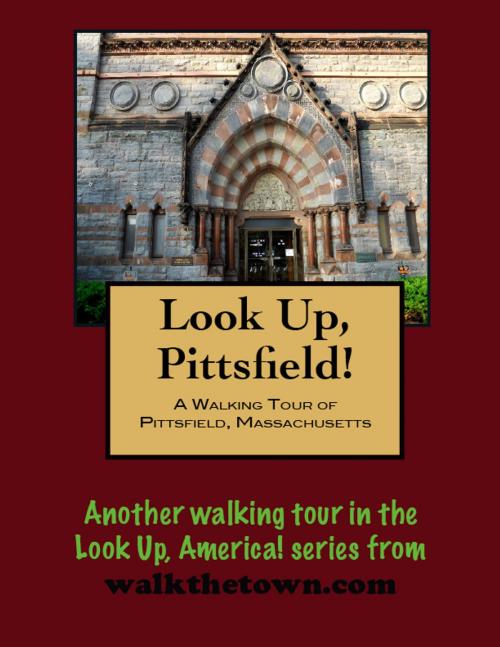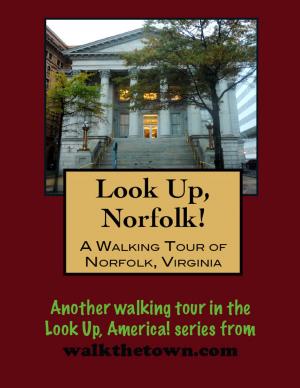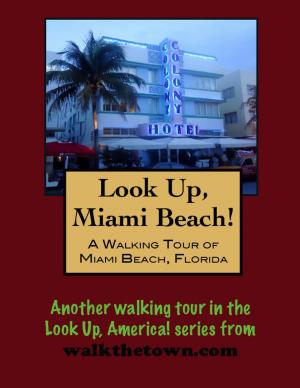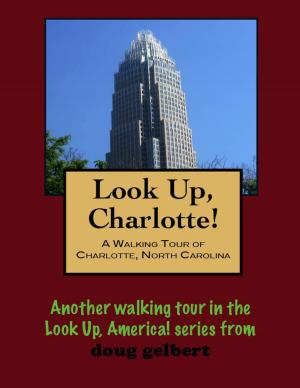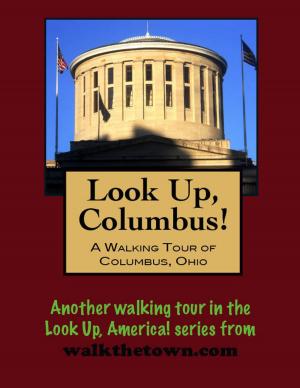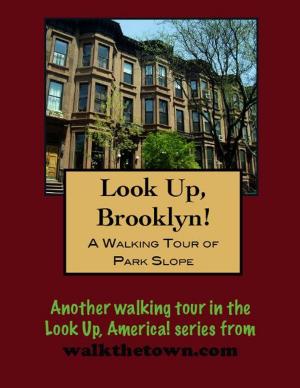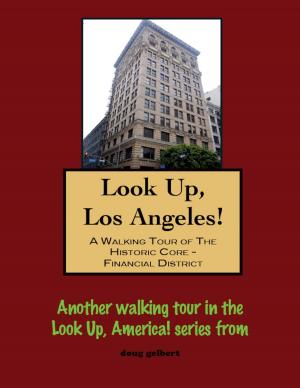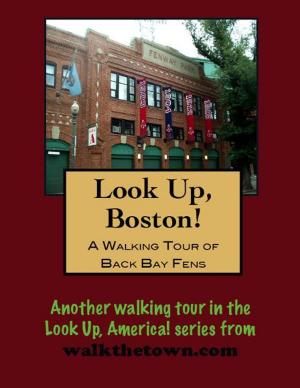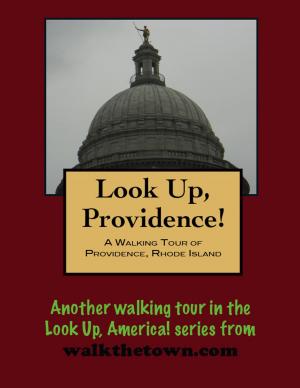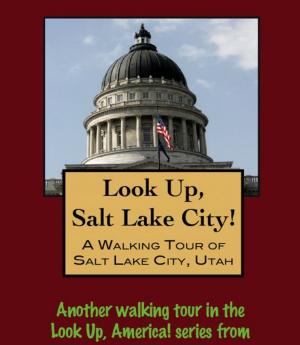| Author: | Doug Gelbert | ISBN: | 9781458156099 |
| Publisher: | Doug Gelbert | Publication: | February 15, 2011 |
| Imprint: | Smashwords Edition | Language: | English |
| Author: | Doug Gelbert |
| ISBN: | 9781458156099 |
| Publisher: | Doug Gelbert |
| Publication: | February 15, 2011 |
| Imprint: | Smashwords Edition |
| Language: | English |
There is no better way to see America than on foot. And there is no better way to appreciate what you are looking at than with a walking tour. Whether you are preparing for a road trip or just out to look at your own town in a new way, a downloadable walking tour is ready to explore when you are.
Each walking tour describes historical and architectural landmarks and provides pictures to help out when those pesky street addresses are missing. Every tour also includes a quick primer on identifying architectural styles seen on American streets.
Pittsfield began as a business deal. In 1738 Colonel Jacob Wendell, bought 24,000 acres of lands known originally as Pontoosuck, a Mohican Indian word meaning “a field or haven for winter deer.” Wendell acquired the land as a speculative venture; there is no evidence he ever visited Western Massachusetts from his home in Boston. Some say he bought the land as a tax dodge to resell without being subject to Boston levies, others say he was looking to develop for settlers. Either way the French and Indian War delayed development on the frontier for many years after some rudimentary settlement in 1743.
By 1761 the village was ready to incorporate. Royal Governor, Sir Francis Bernard named it Pittsfield after British nobleman and politician William Pitt, a vocal supporter of the Americans. Pittsfield was an agricultural community, newly cleared cropfields were nourished by the many streams feeding into the Housatonic River. Merino sheep from Spain were introduced into the area in 1807 and woolen mills dominated the economic climate for most of the rest of the century.
Situated in the center of the Berkshire Hills, the growing town became the county seat in 1868, replacing Lenox. The character of Pittsfield was to change dramatically in 1891, the year it incorporated as a city. William Stanley had recently come to town, up from Great Barrington, to establish his Stanley Manufacturing Company to produce the country’s first alternating current electric transformers. In 1903 the General Electric Corporation purchased controlling interest in Stanley’s company and the nascent corporate giant began establishing a presence in Pittsfield that would reach a peak workforce of over 13,000 and push the population to a high of 50,000.
Widespread layoffs at General Electric in the 1980s began a company withdrawal that would claim all but a few hundred jobs. General Electric left behind an industrial wasteland that became a federally designated Brownfields site. The company left a legacy on the Pittsfield streetscape as well - what was once a town of great estates was now dominated by developments for middle-class workers. Our walking tour of downtown Pittsfield will be dominated mostly by pre-GE structures, many of which have changed usage with as the town has changed through the years. We’ll begin on the original village green which no longer calls to mind the bucolic sheep-raising days of early Pittsfield...
There is no better way to see America than on foot. And there is no better way to appreciate what you are looking at than with a walking tour. Whether you are preparing for a road trip or just out to look at your own town in a new way, a downloadable walking tour is ready to explore when you are.
Each walking tour describes historical and architectural landmarks and provides pictures to help out when those pesky street addresses are missing. Every tour also includes a quick primer on identifying architectural styles seen on American streets.
Pittsfield began as a business deal. In 1738 Colonel Jacob Wendell, bought 24,000 acres of lands known originally as Pontoosuck, a Mohican Indian word meaning “a field or haven for winter deer.” Wendell acquired the land as a speculative venture; there is no evidence he ever visited Western Massachusetts from his home in Boston. Some say he bought the land as a tax dodge to resell without being subject to Boston levies, others say he was looking to develop for settlers. Either way the French and Indian War delayed development on the frontier for many years after some rudimentary settlement in 1743.
By 1761 the village was ready to incorporate. Royal Governor, Sir Francis Bernard named it Pittsfield after British nobleman and politician William Pitt, a vocal supporter of the Americans. Pittsfield was an agricultural community, newly cleared cropfields were nourished by the many streams feeding into the Housatonic River. Merino sheep from Spain were introduced into the area in 1807 and woolen mills dominated the economic climate for most of the rest of the century.
Situated in the center of the Berkshire Hills, the growing town became the county seat in 1868, replacing Lenox. The character of Pittsfield was to change dramatically in 1891, the year it incorporated as a city. William Stanley had recently come to town, up from Great Barrington, to establish his Stanley Manufacturing Company to produce the country’s first alternating current electric transformers. In 1903 the General Electric Corporation purchased controlling interest in Stanley’s company and the nascent corporate giant began establishing a presence in Pittsfield that would reach a peak workforce of over 13,000 and push the population to a high of 50,000.
Widespread layoffs at General Electric in the 1980s began a company withdrawal that would claim all but a few hundred jobs. General Electric left behind an industrial wasteland that became a federally designated Brownfields site. The company left a legacy on the Pittsfield streetscape as well - what was once a town of great estates was now dominated by developments for middle-class workers. Our walking tour of downtown Pittsfield will be dominated mostly by pre-GE structures, many of which have changed usage with as the town has changed through the years. We’ll begin on the original village green which no longer calls to mind the bucolic sheep-raising days of early Pittsfield...
